
Export Injection Mold – Why China is Still Leading the Market in 2023
In the realm of manufacturing, the use of injection mold technology continues to play a crucial role in producing high-quality and cost-effective products. As we
This phase is where we bring conceptual ideas to life through innovative product design processes that meet the needs of our customers.
An iterative process using 3D modeling and prototypes to test, evaluate and validate product designs before going in to Manufacturing.
The packaging phase involves creating detailed sketches that enable us to visualize the appearance and functionality of the packaging.
We use state-of-the-art technology to meticulously design customized tooling with the goal of optimizing efficiency, minimizing waste, ensuring consistency and producing high quality products.
BSense delivers end-to-end product design for innovators and visionaries, from your light-bulb moment to powerful marketing integration
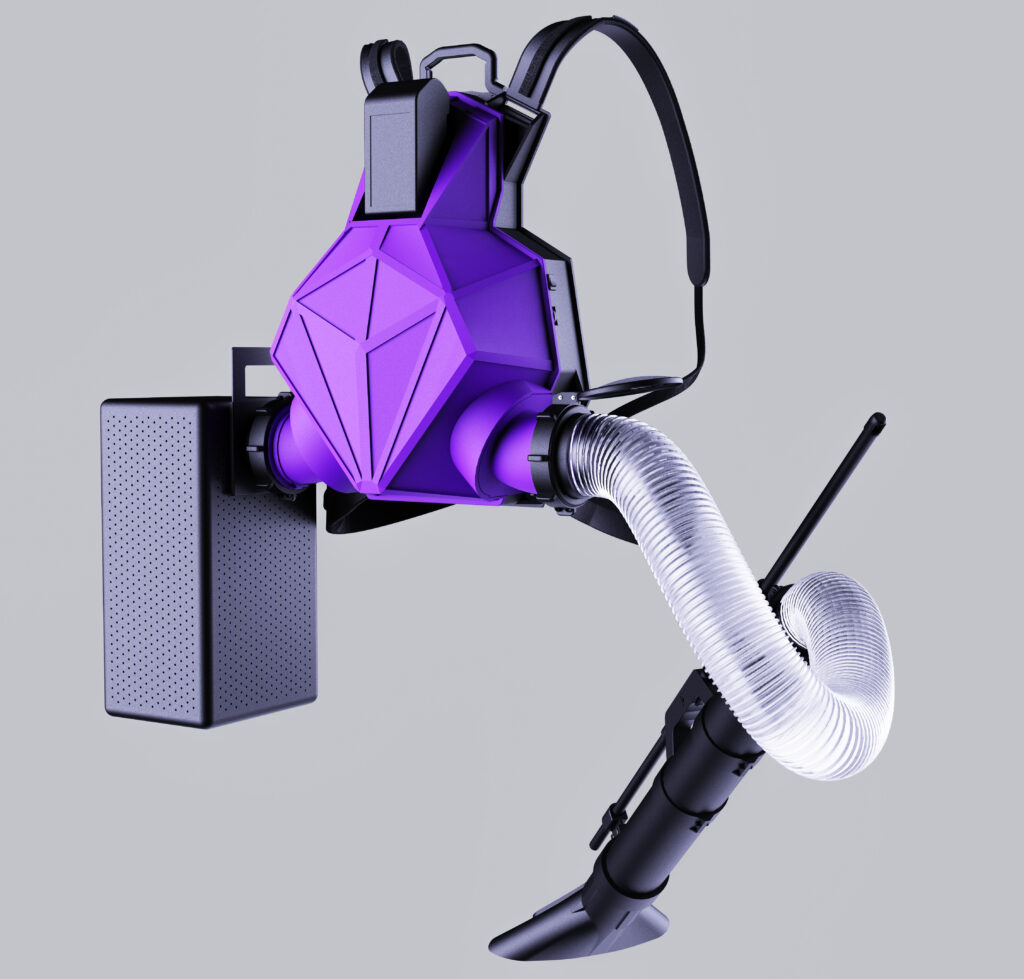
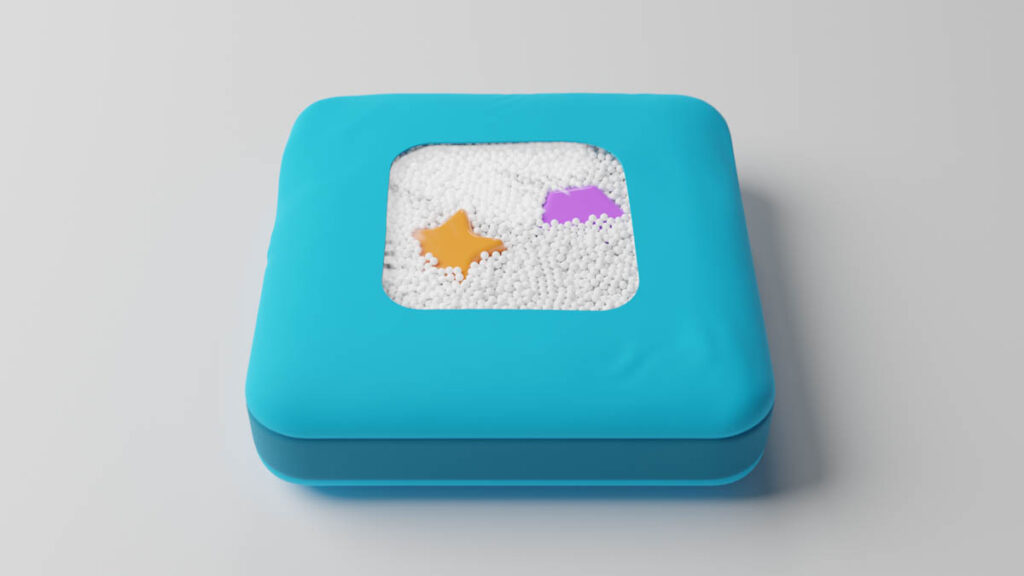
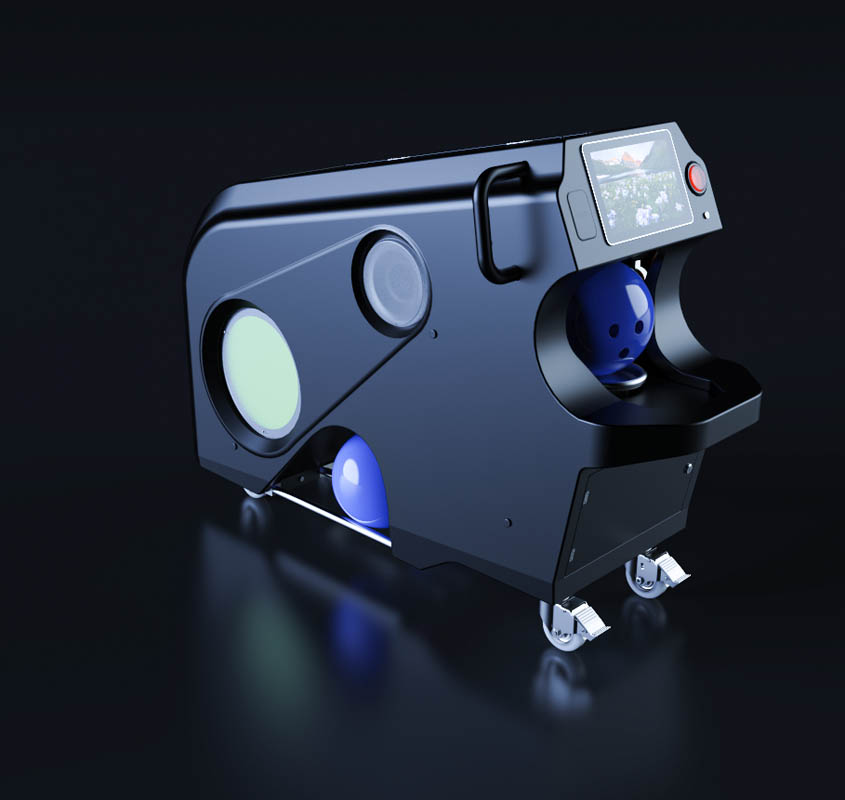
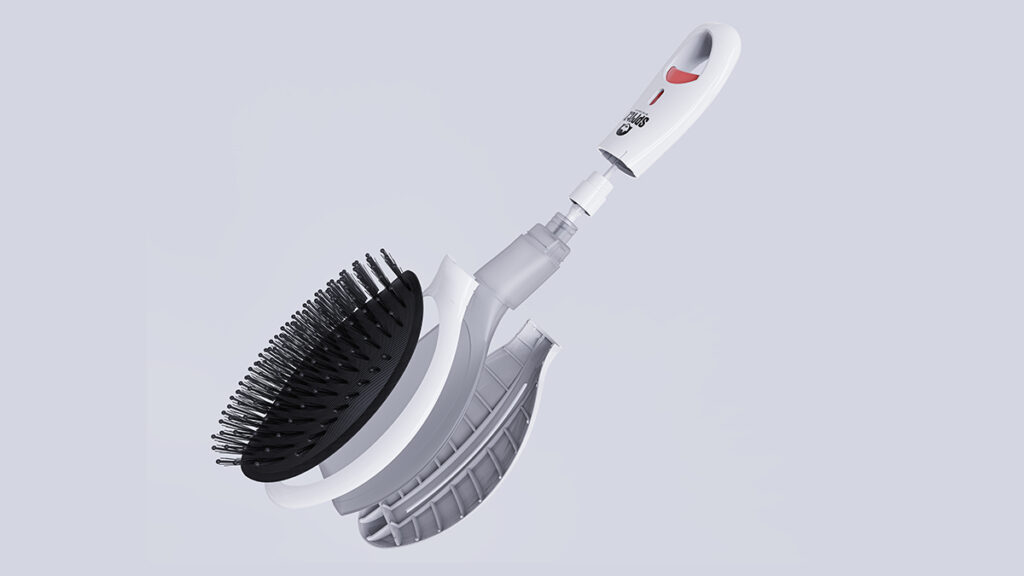
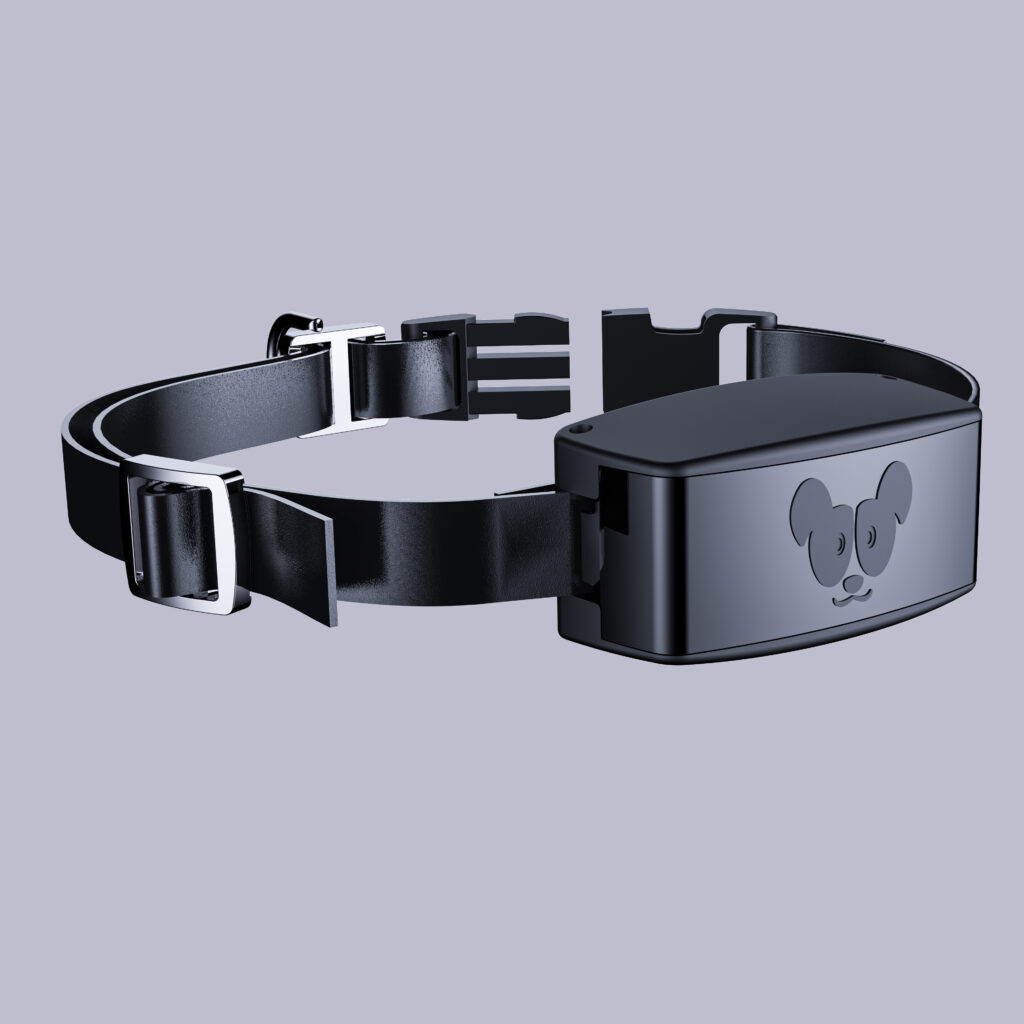
Comprehensive Flowchart for Efficient Manufacturing Processes
Convincing design
Production quality
Sustainable materials
International Team

Plastics and Mechanical Engineer with over 18 years of experience including manufacturing in China. Guillaume continues to pursue his dream of developing complex products using a wide range of manufacturing processes and materials. His journey continues as he leads a diverse team working on new projects for customers around the globe.

Based in China, USA and France. Our development office and our factory are located in China, where all the production is made.
At Bsense, we value the importance of the industrial network. Within a radius of 30km, we are surrounded by all sorts of industries that enables us to respond to our customers needs and expectations. Bsense is located in an industrial zone where we have all the necessary processes to develop a complex product . Our company has 37 different manufacturing processes containing plastic, metal, wood, electronic and textile processing and about 105 industry partners.
In Bsense’s plant, we take care of the integration of processes in an assembly covering: storage, packaging, development, manufacturing and logistics.
We are a passionate group of highly skilled industry experts, experienced in research, industrial design, engineering, prototyping, DFM, and manufacturing.
Whether in the initial brainstorming phase of a project, prototyping or through to manufacturing, we always have our eye on the end goal; creating products that will make it to market successfully.

Director

Vice-Director

Marketing Manager
Sales Manager

Designer

Project Leader

Art Manager

Project Leader
When local design work is necessary, BSense works with the best valuable new design partners

In the realm of manufacturing, the use of injection mold technology continues to play a crucial role in producing high-quality and cost-effective products. As we
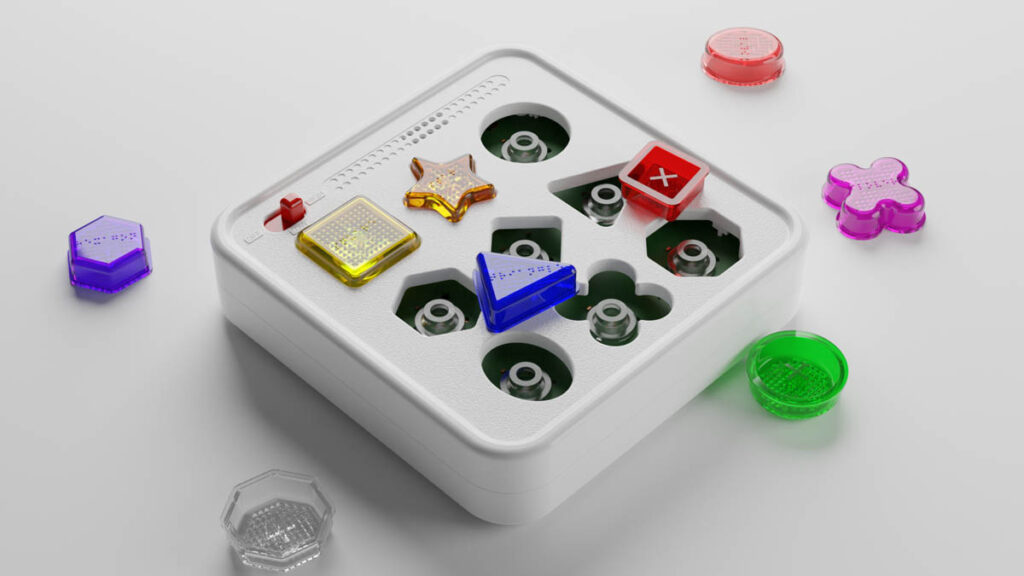
Soft Goods: Their Development and Manufacturing Soft goods are a broad category of products that include everything from clothing and bags to sporting goods and
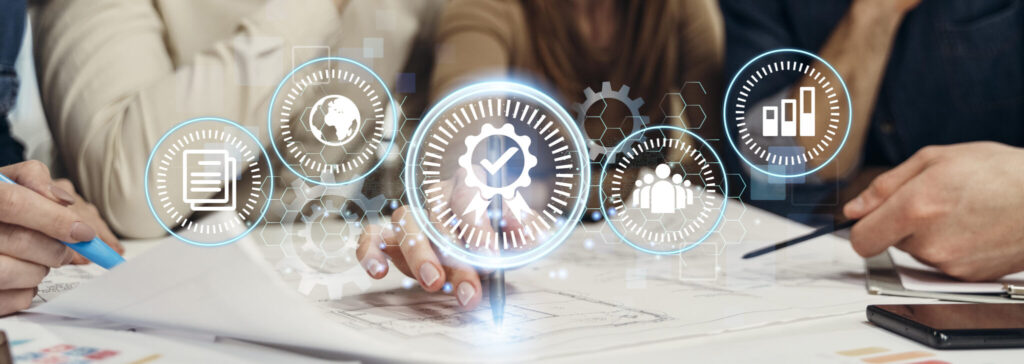
How BSense Delivers High-Quality Products Through Effective Manufacturing Processes BSense is committed to delivering products that meet the highest standards of quality. We understand that
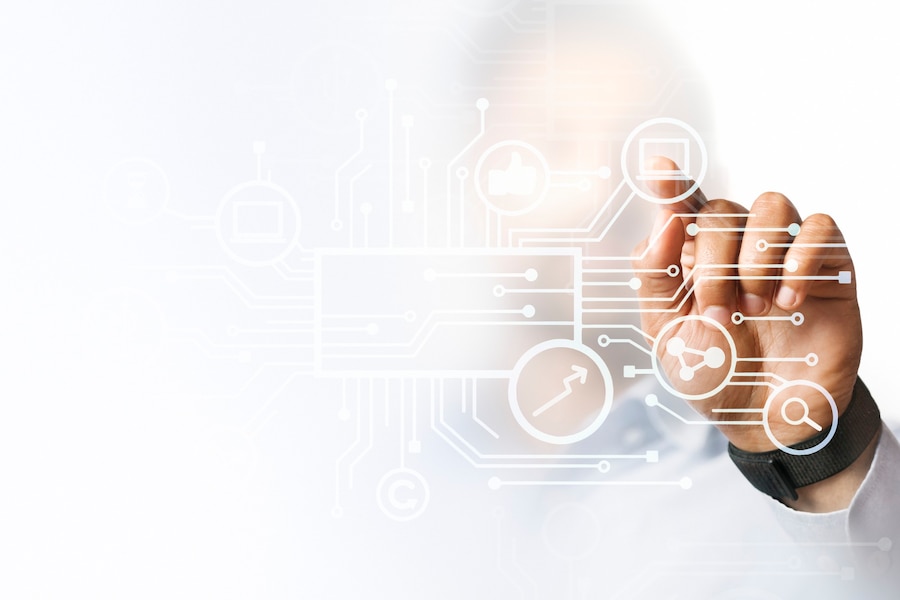
Outsourcing Manufacturing to BSense: The Advantages for American Companies Outsourcing manufacturing has become a popular trend in recent years, with many American companies choosing to

The Importance of Innovation in Manufacturing and How BSense Innovates to Improve Its Products Innovation is a key element in the manufacturing sector as it
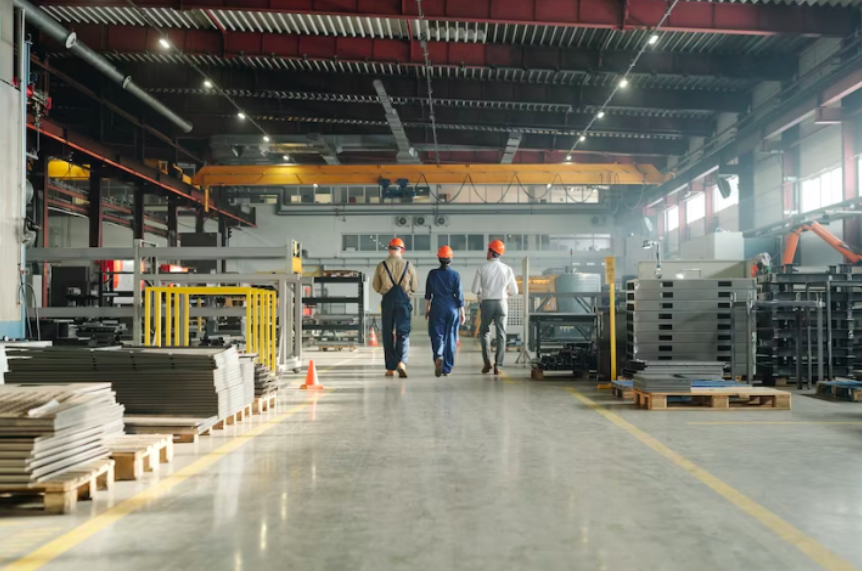
The Significance of Effective Customer Communication for Improving Products and Services at BSense BSense, as a leading manufacture of industrial electronic products, recognizes the importance
There are several ways a client can monitor their project when working with a company that creates designs and products through plastic injection molding:
1. Regular updates: The client can request regular updates from the company on the progress of the project. This can be done through email, phone calls, or in-person meetings.
2. Project management software: The client can use project management software to track the progress of the project, view the status of tasks, and communicate with the company.
3. Inspection and testing: The client can inspect and test the product during different stages of production to ensure that it meets their specifications.
4. Samples: The client can request samples of the product at different stages of production to ensure that it meets their quality standards.
5. Prototype: The client can request the company to create a prototype of the product before the final production, so that they can review the design, fit, and function of the product and make any necessary changes.
6. Communication: The client should keep an open communication with the company, and make sure that any questions or concerns they have are addressed promptly.
By using these methods, the client can monitor the project and ensure that the final product meets their expectations
Sure, I’d be happy to provide you with a quote for your plastic injection molding project. In order to give you an accurate quote, I’ll need some more information about your project. Can you please provide me with the following details:
1. A detailed description of the product, including any drawings or specifications if available.
2. The quantity of the product that you are looking to produce.
3. The type of plastic that you would like to use.
4. Any specific requirements or features that you would like the product to have, such as color, texture, or packaging.
5. The expected delivery date for the final product.
Once I have this information, I’ll be able to provide you with a detailed quote including the cost of the mold, the cost of the material, and the cost of labor. Please let me know if you have any questions or if there is anything else I can assist you with.
A project for plastic injection molding is typically calculated on the following basis:
1. Cost of the mold: The cost of designing, prototyping, and creating the injection mold is a significant factor in determining the overall cost of the project. The complexity of the design and the type of material used to create the mold will affect the cost.
2. Cost of the material: The cost of the plastic pellets or granules used to create the product is also a factor in determining the overall cost of the project. The type of plastic and the quantity needed will affect the cost.
3. Cost of labor: The cost of labor for the plastic injection molding process, including the cost of operating the equipment, assembling the product, and any necessary finishing or packaging, is also a factor in determining the overall cost of the project.
4. Quantity: The quantity of the final product also plays a role in determining the final cost.
5. Delivery date: The expected delivery date also factors in the final cost. If the client needs a rush delivery the cost will be higher.
6. Additional cost: Any additional cost such as packaging, labeling, assembly, shipping etc also plays a role in determining the final cost.
All these factors are considered to come up with a quote for a project.
Please note that this is a general overview and different company might have different pricing system, but the above listed factors are commonly used as a basis for determining the cost of a plastic injection molding project.
As a company policy, we maintain confidentiality on the details of our plans, both past and current projects. However, our team retains the experience from all past projects to offer the best solution for your project.
The duration of the prototyping phase for a plastic injection molding project can vary depending on several factors such as the complexity of the design, the availability of materials and equipment, and the experience of the manufacturer.
Typically, the prototyping phase can take anywhere from a few days to a few weeks. Simple designs with minimal features can be completed in a shorter time frame, while more complex designs with multiple features and tight tolerances may take longer.
If the client needs a functional prototype, it will take longer as functional prototype need more testing and adjustments.
However, it’s worth noting that the prototyping phase is an iterative process, so multiple prototypes may need to be created before the final design is approved. This can add additional time to the overall process.
It is best to consult with the company you’re working with for a more accurate estimate on the duration of the prototyping phase for your specific project, as they’ll be able to take into account all the specific details of your project.
Industrial plastic injection molding typically uses thermoplastics as the raw material. Some common types of thermoplastics used in injection molding include:
• Polyethylene (PE)
• Polypropylene (PP)
• Acrylonitrile butadiene styrene (ABS)
• Polyvinyl chloride (PVC)
• Polystyrene (PS)
• Acetal (POM)
• Polycarbonate (PC)
It’s worth noting that some specialized parts may require use of other materials such as thermoset plastics, elastomers and some metals.
There are several production techniques used in the manufacturing industry, including:
1. Mass production: This technique involves using specialized equipment and assembly lines to produce large quantities of products quickly and efficiently.
2. Lean manufacturing: This technique is focused on maximizing efficiency by reducing waste and improving flow in the production process.
3. Just-in-time (JIT) manufacturing: This technique involves producing products as close to the time they are needed as possible, to minimize inventory and reduce waste.
4. Six Sigma: This technique is focused on improving the quality of products by identifying and eliminating defects in the production process.
5. Agile manufacturing: This technique is focused on quickly adapting to changes in demand and customer requirements, and can involve using small, flexible teams and a high degree of automation.
6. Flexible manufacturing: This technique involves using equipment and processes that can be easily reconfigured to produce a wide range of products.
7. Custom manufacturing: This technique involves producing products to meet specific customer requirements, rather than producing standardized products in large quantities.
8. Additive manufacturing: This technique involves building a product by adding layers of material. Common forms are 3D printing, Laser Sintering and Fused Deposition Modeling.
All of these techniques have their own advantages and disadvantages, and the best one to use will depend on the specific product, the manufacturing process, and the company’s goals and resources.
We have a team of experienced logistics professionals who handle the shipping and logistics for international orders. We will work with you to ensure that your products are delivered on time and at the most competitive rates.